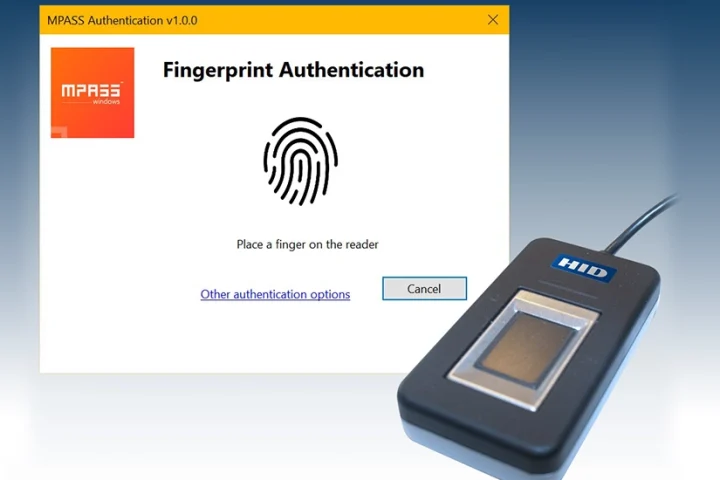NetApp started its new fiscal year in May and in line with this, NetApp made some modifications to its partner programme and introduced new tools to incentivise partners with support and rebates. The new initiatives are deal-based incentives and designed to be simple, consistent, and stackable, and spans NetApp’s entire portfolio.
The New Account initiative is a global back-end rebate system that allows partners with proven ability to close new accounts. The Run to NetApp Incentive rewards partners’ efforts when migrating customers from competitors to NetApp. The minimum deal size has been reduced, payouts increased, Partner Services Capabilities requirement removed, and the Certificate of Destruction requirement has been changed to Letter of Intent. This means that more partners can use this rebate and get paid more quickly.
The Tech Refresh Incentive is designed to encourage partners to replace their customers’ aging and End of Life NetApp FAS controllers with a new Flash HCI solution.
In addition to incentives, NetApp also has emphasis on providing its partners with proper training tools to ensure they know the solutions well. The company will host its first Virtual Partner Academy for Middle East in the second quarter June-July, starting with UAE and Saudi Arabia, and will share their latest roadmap with partners, along with a number of portal trainings and webinars.
A key initiative that NetApp has undertaken to help partners at this time of crisis is to not downgrade any of its partner’s tier levels. NetApp is also launching a simplified tool that allows partners to manage multiple investments from NetApp, including MDF, rebates and at a later date, rewards, and more.
By moving to this new tool, partners will have a simplified experience, viewing all of their NetApp incentives in one single SaaS platform rather than utilising multiple tools and interfaces.
For its cloud partners, NetApp has a Cloud Data Services Incentive where NetApp expands support, tools and incentives for cloud partners around the world. There are exclusive incentives for partners that meet the requirements for the new Cloud Preferred Partner level.
Additional rebates for Preferred Partners include rewards for marketplace transactions and success selling consumption-based solutions over four quarters.
The modified incentive programme is structured into three areas:
- Defend – where partners are encouraged to consolidate NetApp’s leadership position by closing new accounts and strengthening its installed base;
- Extend – where partners earn incentives and rebates on performing tech refreshes;
- Attack – where partners earn rebates from acquiring customers with competing technology brands.
NetApp have a number of online trainings and webinars that partners can attend to upskill and maintain their tier level. The new incentive program will encourage partners to increase commercial and run-rate business and help cement its leadership, while ensuring that even the smallest partner gains.
NetApp is providing partners and all stakeholders with access to continuous daily updates on business continuity. NetApp has also seen a significant demand for VDI solutions by customers who are witnessing increased capacity and want a solution that can be implemented faster.
NetApp’s relationships have grown stronger with its partners and distributors during this time of global crisis. NetApp is also seeing customers opt for a consumption model as it helps them manage costs better. Channel partners will need to move to a more service-oriented model to be profitable and maintain a sustainable business.
Initiatives
- NetApp is providing partners with access to continuous daily updates on business continuity.
- NetApp has seen a significant demand for VDI solutions by customers who are witnessing increased capacity.
- NetApp’s relationships have grown stronger with its partners and distributors during this time of global crisis.
- NetApp is seeing customers opt for a consumption model as it helps them manage costs better.
- Channel partners will need to move to a more service-oriented model to be profitable.
























